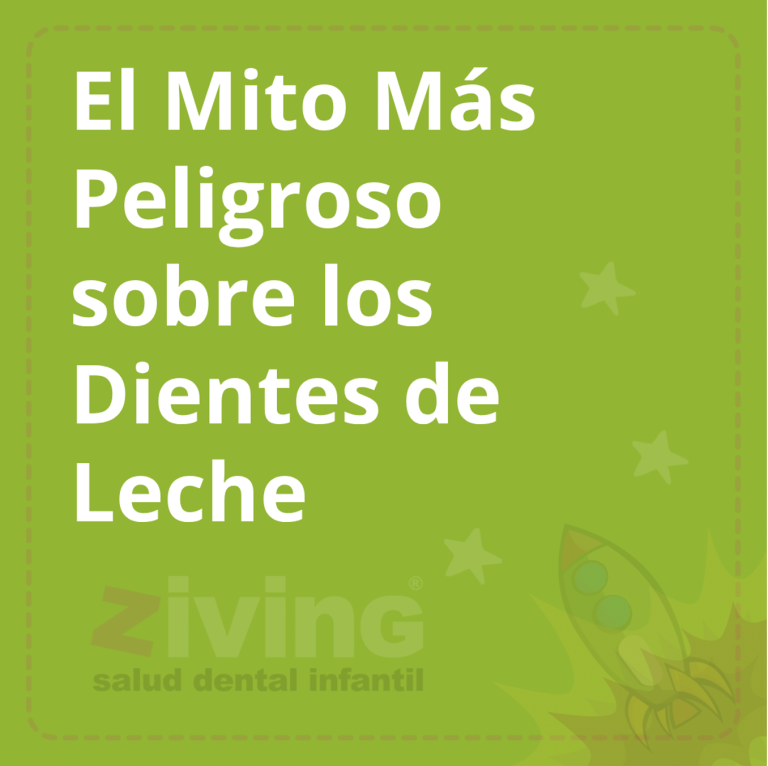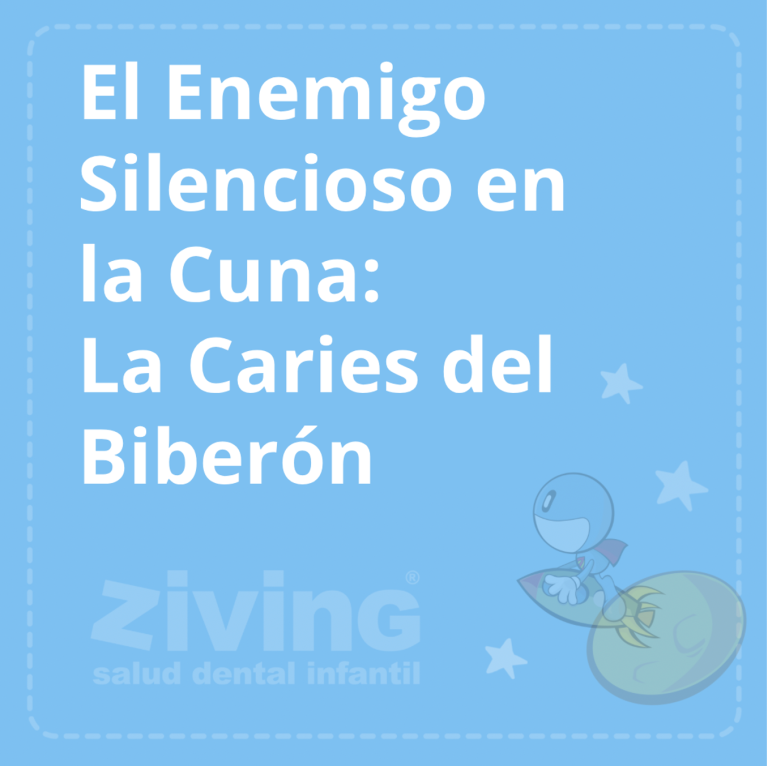An orthodontic appliance can be in an adult’s mouth for months or years. Therefore, during the treatment we favor the consolidation of this new, recently acquired position. However, there are certain parts that can be moved again. Tooth movement, pathological or not, occurs throughout life.
Re-educating the teeth
Although to the patient it may seem like a long period of time that he or she is in orthodontics, the truth is that during this time we have “taught” our teeth to acquire a new position. Therefore, they have to learn to stay there, to put it simply. We are re-educating our teeth.
Imagine a hammock
The teeth are attached to the bone by the periodontal ligament. They are suspended in it as if they were a hammock; therefore, they have the capacity to move when light pressure is applied to them. This same ability to move can be used to change their position through orthodontics, but it can also harm us. Because they will tend, if we do not remedy it, to return to the position they occupied before.
Does it occur in all teeth?
It can occur in lower and upper canines and incisors. Fortunately, however, there are solutions to prevent this problem from occurring.
Retainers, the long-term solution
As we said, the dental structure is composed of living tissues that can cause unwanted movements if we do not avoid them.
After orthodontic treatment in adults or children, retainers are recommended. With them we will be able to maintain intact the improvements that orthodontic treatment has caused in our teeth.
What exactly are retainers?
They are mechanisms to fix our teeth in the desired position so that they do not move again. Stabilize and preserve dental alignment.
What types of retainers are there?
In essence, there are two types of retainers:
Fixed
It is a very thin, braided wire that is placed on the inside of the teeth. It is bonded with composite (a dental glue) and goes from tooth to tooth. It is comfortable, unobtrusive and unnoticeable. It also does not interfere with speech or, of course, aesthetics.
Removable splints
They are available with wires and completely transparent. The first is known as a Hawley retainer and is used even during orthodontic treatment. The latter are a type of cover, very similar to Invisalign (transparent orthodontics), and are used to keep the teeth in position during sleep. They are also highly recommended for patients suffering from bruxism (involuntary teeth grinding). With them, we will avoid injuries while we sleep.
What type of retainers are best to use?
It depends on each case. There are patients who will be recommended to use the fixed ones, which can be worn for many years; others will need the occlusal splints (removable retainers) and there will be a third group that will need to combine both. Our orthodontic specialist will give us the solution.



